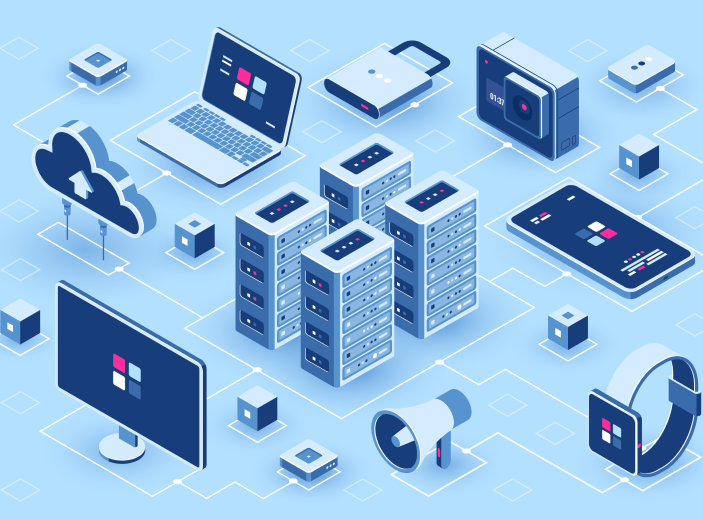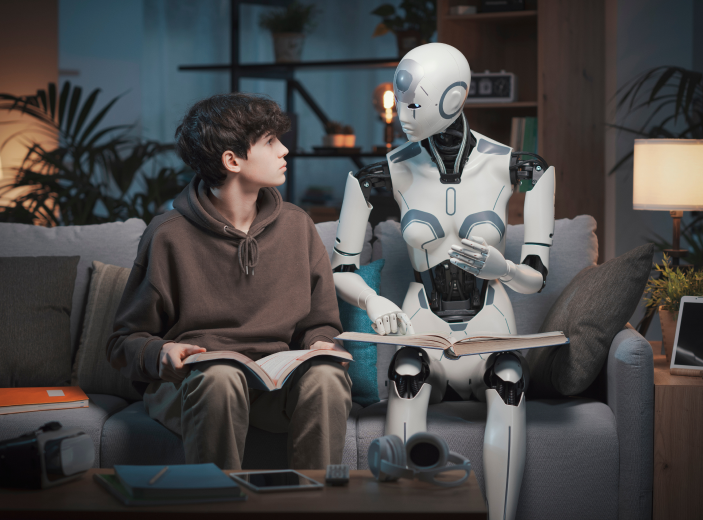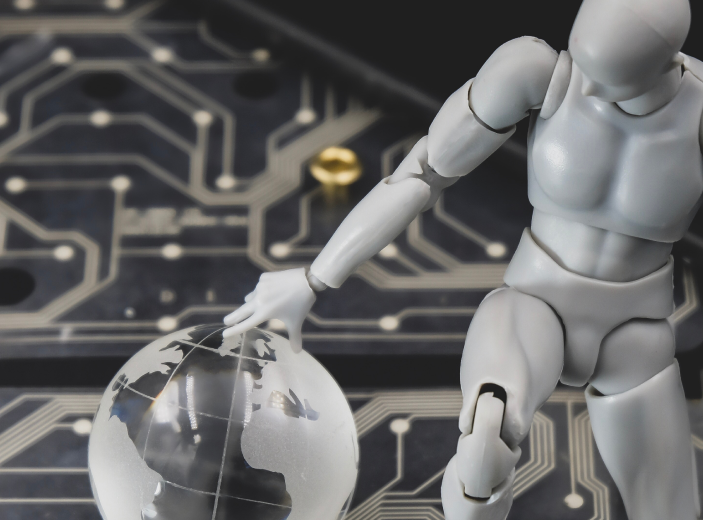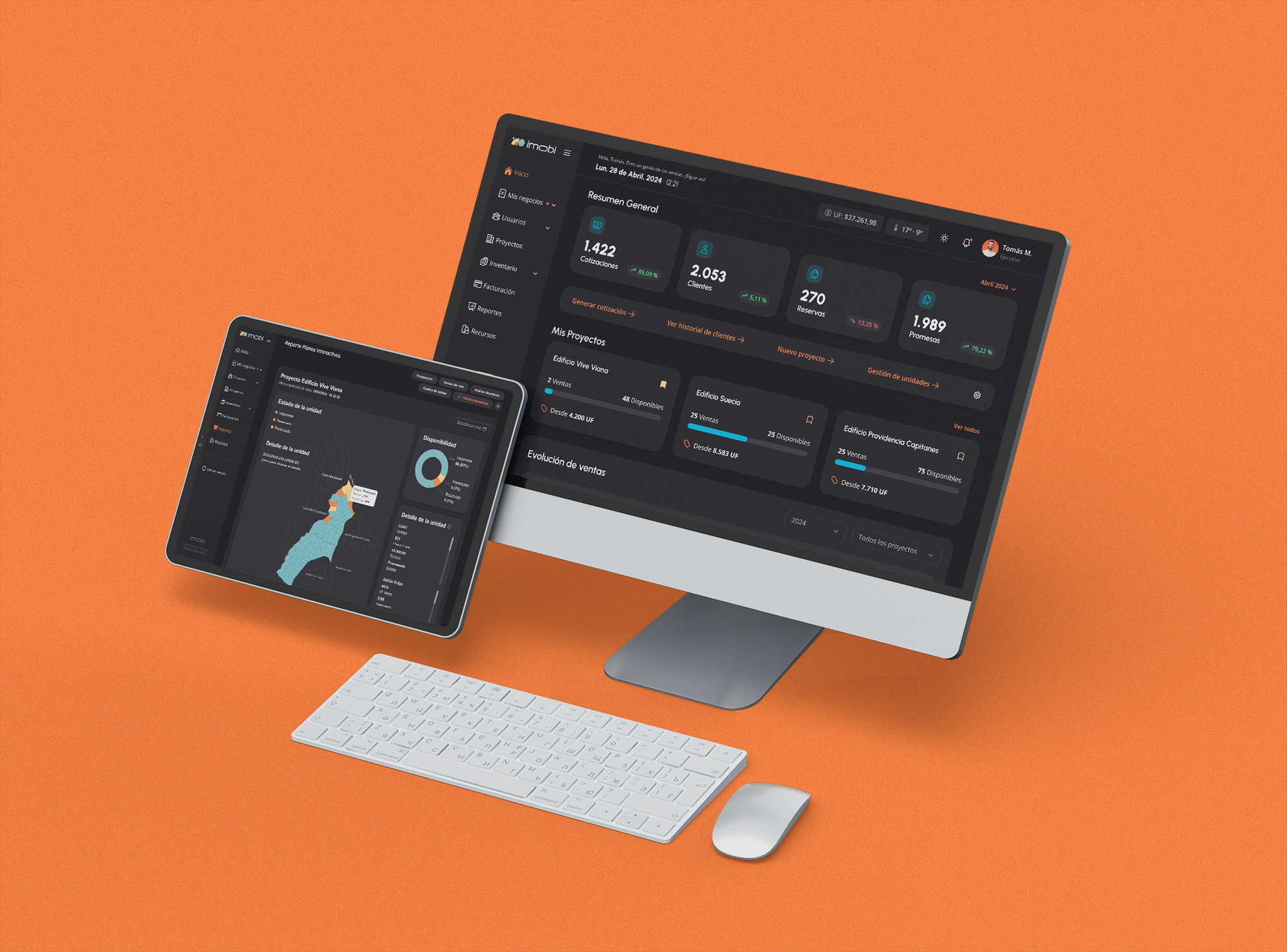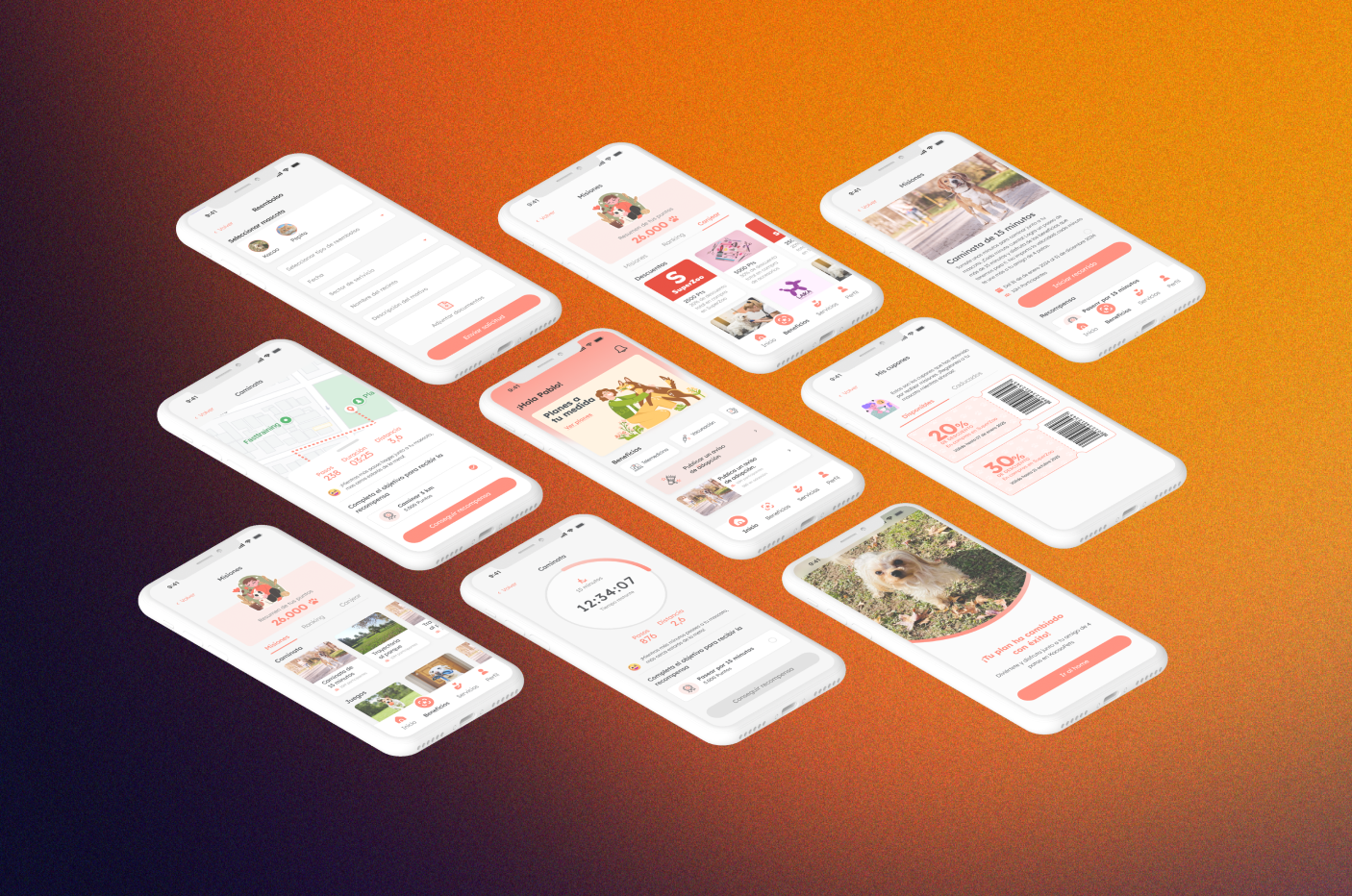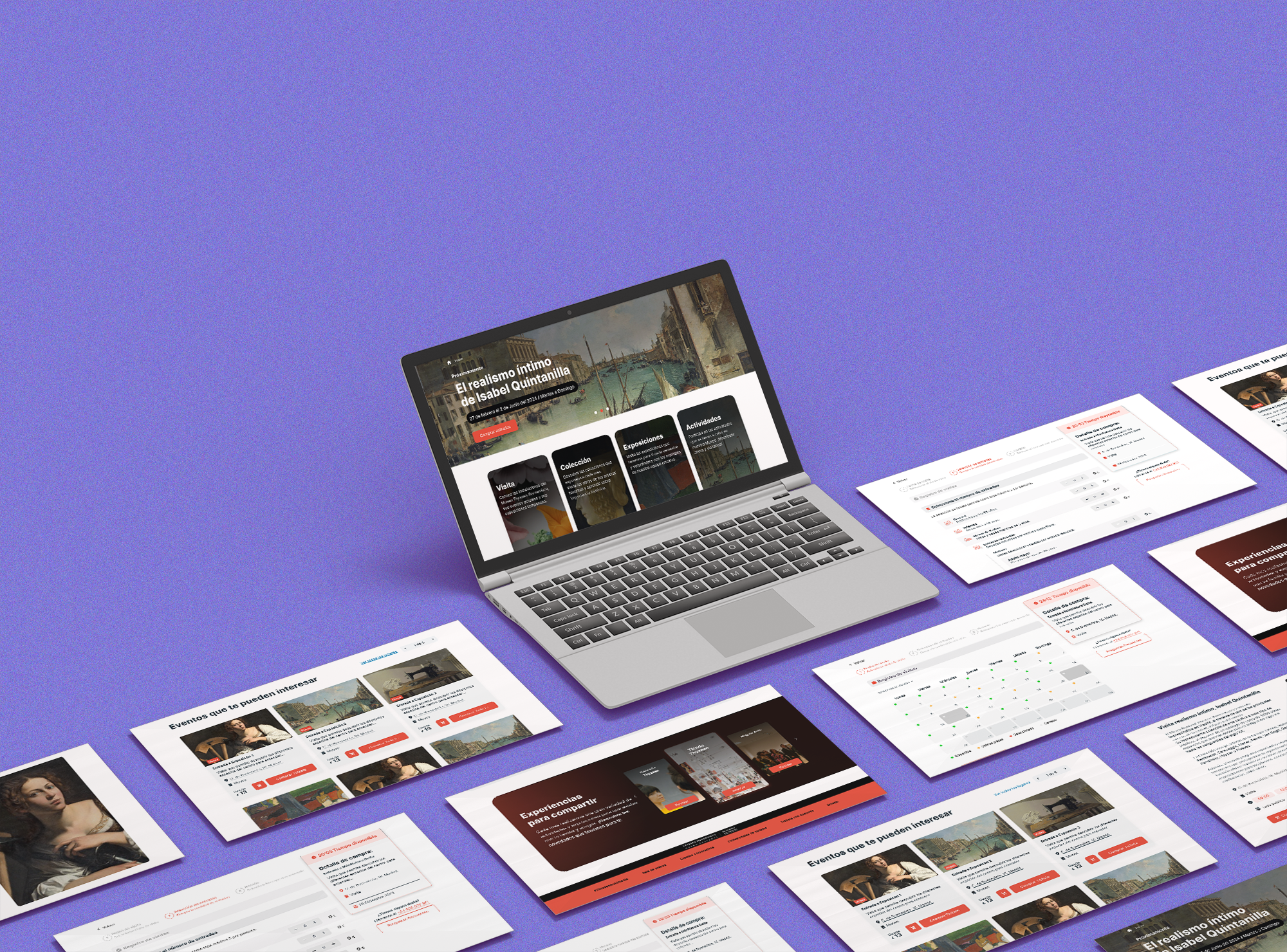Share this article
Following this year’s strategic tech trends will help CIOs and IT leaders shape the future through responsible innovation.
Get ready for the tech trends that will define 2025
Gartner’s research on the top strategic technology trends for 2025 serves as a guide for organizations to confidently move into the future. Each emerging technology offers powerful tools to enhance productivity, security, and innovation.
Spatial computing with AR and VR for immersive experiences
When the digital and physical worlds merge, experiences are transformed.
Use 2025’s strategic tech trends to shape the future through responsible innovation
To define this year’s top 10 trends, Gartner analysts grouped them into three key themes: the imperatives and risks of AI, the new frontiers of computing, and human-machine synergy.
Theme 1: AI imperatives and risks push organizations to protect themselves
Trend 1: Agentic AI
Autonomous AI that can plan and execute actions to achieve user-defined goals.
Benefits: A virtual team of agents that assist, offload, and complement human or traditional application tasks.
Challenges: Strong safeguards are needed to ensure actions align with both user and provider intentions.
Trend 2: AI Governance Platforms
Technological solutions that enable organizations to manage the legal, ethical, and operational performance of their AI systems.
Benefits: Create, manage, and enforce policies for responsible AI use, explain how it works, regulate its lifecycle, and increase transparency to foster trust and accountability.
Challenges: Guidelines vary across regions and sectors, making it difficult to establish consistent practices.
Trend 3: Machine Customers (C2M)
A new category of technology aimed at systematically evaluating trust.
Benefits: Reduces fraud by improving identity controls; prevents account takeovers through continuous risk assessment and contextual awareness; protects brand reputation by identifying harmful narratives.
Challenges: Requires a multi-layered, adaptive, and team-based approach with continuous learning.
Theme 2: New frontiers of computing push organizations to rethink their approach
Trend 4: Postquantum Cryptography (PQC)
Data protection that resists the decryption threats posed by quantum computing.
Benefits: Secures information against security risks introduced by the rise of quantum computing.
Challenges: PQC algorithms aren’t direct replacements for current asymmetric algorithms. Existing applications may face performance issues and might require testing or rewriting.
Trend 5: Invisible Environmental Intelligence
Technology discreetly embedded into environments to enable natural and intuitive experiences.
Benefits: Real-time, low-cost object tracking and detection; improves visibility and efficiency; supports authenticity and enables objects to communicate identity, history, and properties.
Challenges: Vendors must address privacy issues and obtain consent for specific data uses. Users may disable tags to protect privacy.
Trend 6: Energy-Efficient Computing
An approach that increases sustainability through optimized architecture, code, algorithms, energy-efficient hardware, and the use of renewable energy.
Benefits: Reduces carbon footprint and meets legal, business, and social sustainability demands.
Challenges: Requires new hardware, cloud services, skills, tools, and algorithms. Migrating to new platforms can be complex and costly; short-term energy prices may rise due to higher demand for clean power.
Trend 7: Hybrid Computing
Combines multiple computing, storage, and networking mechanisms to solve complex problems.
Benefits: High-speed, transformative innovation environments; AI surpasses current tech limits; enables autonomous enterprises with advanced automation; boosts human abilities for real-time, large-scale personalization using the human body as a computing platform.
Challenges: Emerging and complex technologies demand specialized expertise; autonomous module systems bring security risks, high costs, and require strong integration and coordination.
Theme 3: Human-machine synergy bridges the physical and digital worlds
Trend 8: Spatial Computing
Digitally enhances the physical world using AR/VR technologies to deliver immersive experiences.
Benefits: Meets consumer demand for interactive experiences in gaming, education, and e-commerce; supports decision-making and efficiency in healthcare, retail, and manufacturing.
Challenges: Head-mounted displays (HMDs) are expensive, hard to use, require frequent charging, isolate users, and can increase accident risks; user interfaces are complex; privacy and data security are key concerns.
Trend 9: Multifunctional Robots
Robots capable of performing multiple tasks and switching between them as needed.
Benefits: Greater efficiency, faster ROI, agile deployment, scalable with minimal infrastructure changes; can replace or collaborate with humans.
Challenges: Industry lacks standardization in pricing and minimum functionality requirements.
Trend 10: Neuromorphic Enhancement
Technologies that enhance cognitive abilities by reading and decoding brain activity.
Benefits: Augments human capabilities, increases safety, enables personalized education, extends the working life of older adults, and supports next-gen marketing strategies.
Challenges: Initially expensive, limited in mobility, wireless connectivity, and battery life; may be invasive and risky; brain-machine interfaces (one-way or bidirectional) raise safety and ethical concerns, including altered perception of reality.



